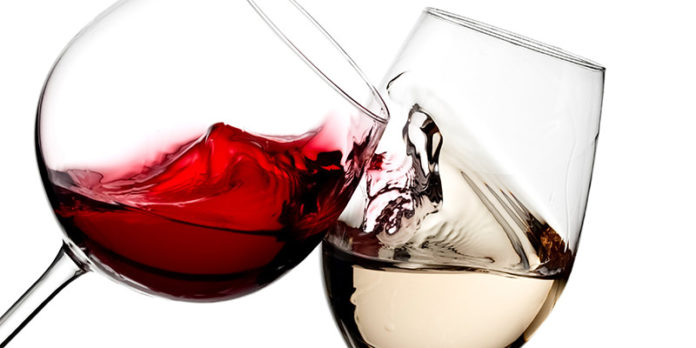At least 4% of global cancer cases are associated with excessive alcohol consumption. The main reason for the link between the two factors is the presence of acetaldehyde in alcoholic products. It is known to affect the DNA of the cells and prevents its ability to self-repair after injury.
A study published in the journal Cancer Epidemiology, Biomarkers & Prevention , complements our current understanding of the relationship between alcoholic beverages and cancer. The study sheds light on the effects of one of the most popular drinks – wine. Tracking 200,000 cases of skin cancer ( melanoma ) proves a direct link between the development of this serious illness and the regular consumption of wine. And especially white wine .
The primary risk factor for melanoma development is unprotected exposure to direct sunlight. Additional risk factors include hereditary difficulty, light skin, many moles and weakened immune systems. Scientists add to this list the regular consumption of white wine.
According to the large-scale study, two glasses of white wine per day increase the risk of malignant skin cancer by about 13% . Any amount above this further increases the risk of developing the disease in the long run.
Excessive and, above all, regular alcohol consumption has long been associated with an increased risk of cancer. This study is the largest examining the role of white wine in this respect. Although with a lower alcoholic strength than red wine and concentrates white wine proves to be one of the most dangerous for skin health spirits. The reason, according to scientists, probably lies in the high content of acetaldehyde in white wine – a substance that has a very high potential for permanent damage to DNA and the unlocking of mutagenic processes leading to tumor formation. Along with the high content of acetaldehyde, white wine, unlike red, is deficient in antioxidants that could partially neutralize the harmful effect of acetaldehyde.
In order to reassure lovers of the periodical consumption of white wine, it should be made clear that the data are collected among people who daily consumed at least a cup of two white wine for several years. Even in less frequent consumption, however, the role of other factors predisposing to skin cancer , especially the hereditary burden , should be considered . Scientists advise that the consumption of white wine and alcohol as a whole be limited to those predisposed to such diseases.







